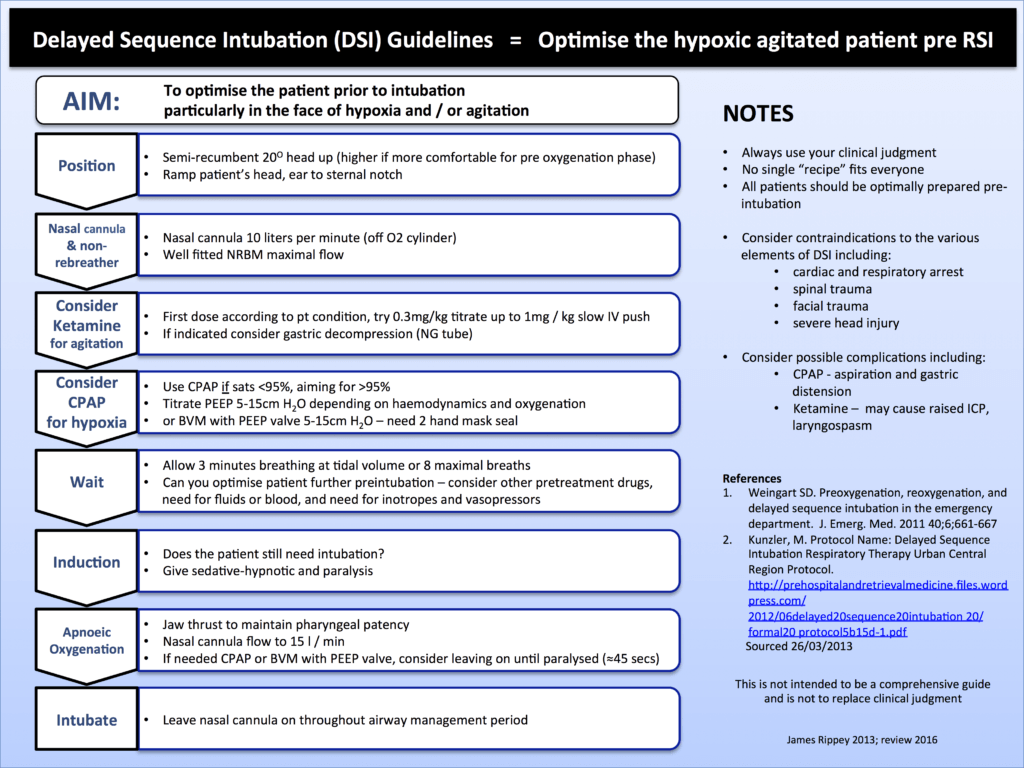

Our specific aim was to increase successful intubation within two attempts for medical patients from 77% to 95% and for trauma patients from 89% to 95% by December 31, 2018, and sustain for 6 months. Therefore, we analyzed these groups separately to determine improvement barriers for each group.īecause a standardized process utilizing a checklist and co-pilot approach generated improvement at a similar academic center, 6 we hypothesized this model would yield similar results for our institution. Team composition and patient characteristics differ for medical and trauma patients. In response, we developed an evidence-based, multi-discipline QI initiative to improve RSI in our PED. 6Īt our institution, multiple root cause analyses (RCA) involving trauma patients revealed suboptimal teamwork, delayed recognition of esophageal intubations, and failed intubation attempts resulting in patient harm.

2, 3, 5, 6, 8, 16 Specifically, checklist utilization and inclusion of a second-team leader as a co-pilot has prevented the loss of situational awareness and improved teamwork. 2, 3, 5, 6, 8, 17– 19 Standardizing the approach to RSI in the ED is associated with reducing the attempt number and complication incidence. 16 Because coordination of numerous tasks is critical for successful intubation, previous quality improvement (QI) initiatives focused on system and team factors such as team member roles, equipment preparation, and optimizing patient oxygenation. Multiple intubation attempts increase complication and mortality risk 6, 10– 15 with >2 attempts being significantly more associated with severe hypoxia. Based on current literature, some investigators estimate that 16-61% of cases 1– 3 have complications including hypoxia and associated cardiac arrest. Furthermore, the ED setting is inherently high risk because a quickly assembled team must manage the airway while providing simultaneous resuscitation efforts. However, because these patients are already compromised, they are at risk of further deterioration. When done correctly, RSI in the PED saves lives. This procedure includes sedating and paralyzing a child to protect the airway and manage respiratory distress. Rapid sequence intubation (RSI) provides definitive airway management for severely ill and injured patients presenting to the pediatric emergency department (PED).


 0 kommentar(er)
0 kommentar(er)
